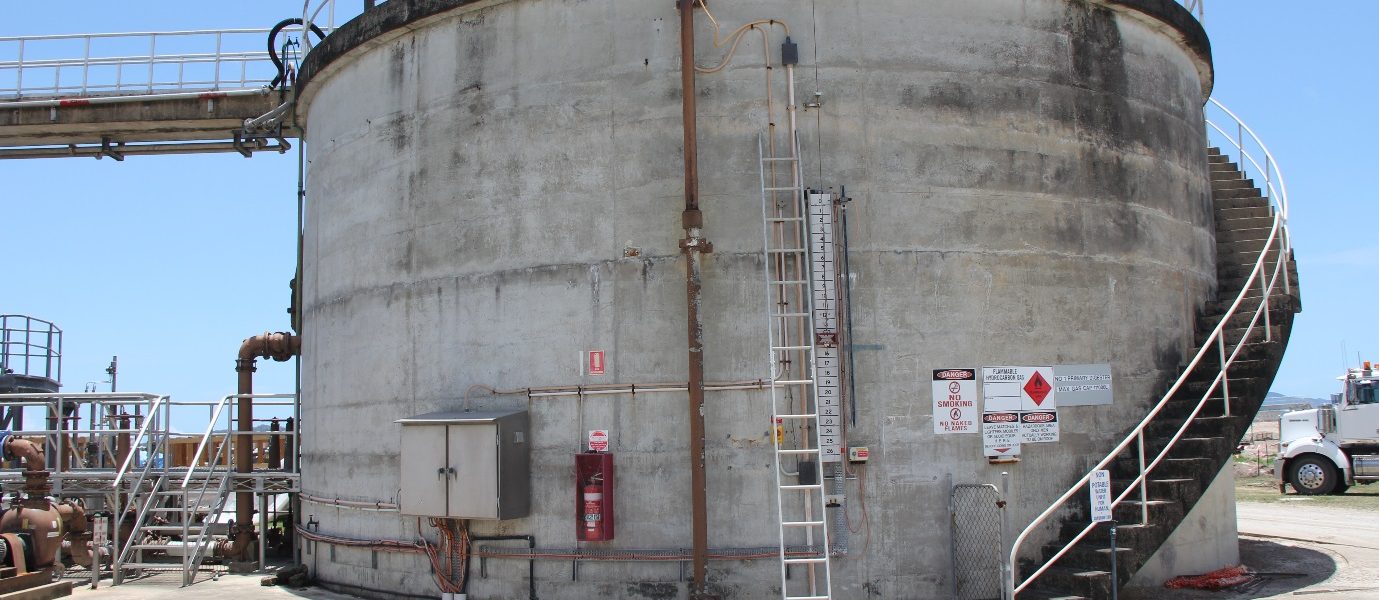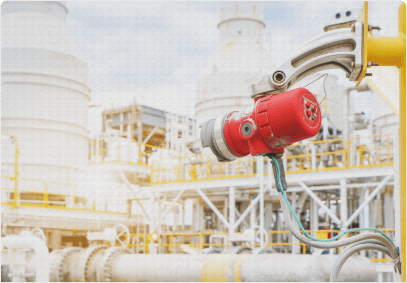The Best Strategy To Use For Roar Solutions
The Best Strategy To Use For Roar Solutions
Blog Article
The Facts About Roar Solutions Uncovered
Table of ContentsWhat Does Roar Solutions Do?What Does Roar Solutions Mean?The Facts About Roar Solutions Uncovered
In such an environment a fire or explosion is feasible when three standard problems are satisfied. This is often referred to as the "hazardous area" or "burning" triangular. In order to protect installments from a potential explosion a method of evaluating and classifying a potentially harmful location is required. The function of this is to ensure the correct selection and installation of tools to inevitably avoid an explosion and to guarantee safety of life.
(https://www.wattpad.com/user/roarsolutions)
No tools should be installed where the surface temperature of the tools is more than the ignition temperature of the offered hazard. Below are some typical dirt hazardous and their minimum ignition temperature. Coal Dirt 380C 225C Polythene 420C (melts) Methyl Cellulose 420C 320C Starch 460C 435C Flour 490C 340C Sugar 490C 460C Grain Dirt 510C 300C Phenolic Material 530C > 450C Aluminium 590C > 450C PVC 700C > 450C Residue 810C 570C The chance of the hazard existing in a concentration high enough to cause an ignition will vary from location to area.
In order to classify this danger a setup is separated right into areas of danger depending upon the quantity of time the unsafe exists. These areas are referred to as Zones. For gases and vapours and dirts and fibers there are 3 zones. Area 0 Zone 20 An unsafe atmosphere is very likely to be present and may exist for lengthy periods of time (> 1000 hours each year) or perhaps continuously Area 1 Area 21 A hazardous ambience is possible however not likely to be existing for long periods of time (> 10 450 C [842 F] A classification of T6 implies the minimal ignition temperature is > 85 C [185 F] Unsafe area electric devices possibly made for use in greater ambient temperatures. This would certainly indicated on the rating plate e.g. EExe II C T3 Ta + 60C( This suggests at 60C ambient T3 will certainly not be gone beyond) T1 T1, T2, T3, T4, T5, T6 T2 T2, T3, T4, T5, T6 T3 T3, T4, T5, T6 T4 T4, T5, T6 T5 T5, T6 T6 T6 A T Course score of T1 indicates the maximum surface area temperature generated by the instrument at 40 C is 450 C. Assuming the connected T Course and Temperature rating for the equipment are proper for the location, you can always use a tool with a much more stringent Department ranking than required for the location. There isn't a clear response to this concern however. It really does depend upon the kind of tools and what fixings need to be lugged out. Tools with specific examination procedures that can't be performed in the area in order to achieve/maintain 3rd party score. Have to return to the manufacturing facility if it is before the equipment's solution. Field Repair Work By Authorised Employee: Complicated screening may not be required nevertheless details procedures may need to be followed in order for the equipment to preserve its 3rd party rating. Authorized workers have to be used to execute the work appropriately Repair service should be a like for like substitute. New part should be considered as a direct replacement calling for no special screening of the tools after the fixing is total. Each piece of tools with a hazardous ranking need to be reviewed separately. These are laid out at a high level below, however, for even more comprehensive information, please refer straight to the guidelines.
The Definitive Guide for Roar Solutions
The equipment register is a detailed data source of equipment records that consists of a minimum set of areas to determine each item's place, technical specifications, Ex lover category, age, and environmental information. This information is vital for monitoring and taking care of the devices successfully within dangerous areas. On the other hand, for regular or RBI tasting assessments, the quality will certainly be a mix of Detailed and Close inspections. The ratio of Comprehensive to Shut inspections will be established by the Equipment Risk, which is evaluated based upon ignition threat (the chance of a resource of ignition versus the possibility of a combustible atmosphere )and the unsafe location classification
( Area 0, 1, or 2). This variant will certainly likewise influence the resourcing demands for work preparation. When Great deals are defined, you can establish sampling plans based on the sample dimension of each Lot, which refers to the variety of arbitrary equipment items to be examined. To figure out the called for sample dimension, two facets need to be reviewed: the size of the Great deal and the category of inspection, which indicates the degree of effort that need to be used( decreased, normal, or increased )to the inspection of the Whole lot. By incorporating the category of inspection with the Great deal dimension, you can then establish the appropriate rejection criteria for a sample, meaning the allowable variety of defective products found within that sample. For even more information on this procedure, please describe the Power Institute Guidelines. The IEC 60079 typical advises that the maximum period in between examinations need to not surpass three years. EEHA evaluations will certainly also be carried out outside of RBI projects as part of arranged upkeep and equipment overhauls or repair services. These examinations can be credited towards the RBI sample sizes within the influenced Lots. EEHA inspections are carried out to determine mistakes in electrical equipment. A weighted scoring system is crucial, as a solitary tool might have several mistakes, each with varying degrees of ignition risk. If the mixed score of both inspections is much less than two times the mistake score, the Great deal is considered acceptable. If the Whole lot is still taken into consideration unacceptable, it should undergo a full examination or justification, which might activate stricter inspection methods. Accepted Lot: The sources of any mistakes are recognized. If a common failure mode is found, extra tools may call for maintenance. Mistakes are identified by intensity( Safety and security, Honesty, House cleaning ), making sure that urgent problems are examined and dealt with immediately to mitigate any type of influence on safety and security or operations. The EEHA database need to track and videotape the lifecycle of faults along with the corrective activities taken. Carrying out a durable blog here Risk-Based Examination( RBI )strategy is important for making sure compliance and safety in managing Electrical Tools in Hazardous Areas( EEHA) (eeha certificate). Automated Mistake Rating and Lifecycle Monitoring: Easily take care of mistakes and track their lifecycle to boost examination precision. The intro of this assistance for risk-based evaluation better reinforces Inspectivity's position as a best-in-class solution for regulatory conformity, as well as for any type of asset-centric assessment usage case. If you want discovering more, we invite you to ask for a presentation and uncover exactly how our remedy can change your EEHA monitoring processes.
The Best Guide To Roar Solutions

In terms of explosive risk, a harmful area is an atmosphere in which an explosive environment exists (or might be expected to be present) in quantities that call for unique preventative measures for the construction, installment and usage of equipment. high voltage courses. In this short article we explore the challenges dealt with in the workplace, the risk control steps, and the called for competencies to work safely
It issues of contemporary life that we make, store or handle a range of gases or fluids that are considered combustible, and a variety of dirts that are deemed flammable. These substances can, in certain conditions, create explosive environments and these can have significant and awful repercussions. A lot of us are acquainted with the fire triangular eliminate any type of one of the three components and the fire can not occur, however what does this mean in the context of unsafe areas? When damaging this down right into its most basic terms it is essentially: a mix of a particular amount of release or leakage of a specific substance or product, combining with ambient oxygen, and the presence of a resource of ignition.
In most instances, we can do little regarding the degrees of oxygen in the air, however we can have considerable influence on sources of ignition, as an example electric equipment. Harmful locations are recorded on the dangerous area classification illustration and are identified on-site by the triangular "EX" sign. Right here, amongst various other crucial info, zones are split right into 3 kinds depending on the danger, the chance and period that an explosive environment will exist; Zone 0 or 20 is regarded the most hazardous and Area 2 or 22 is regarded the least.
Report this page